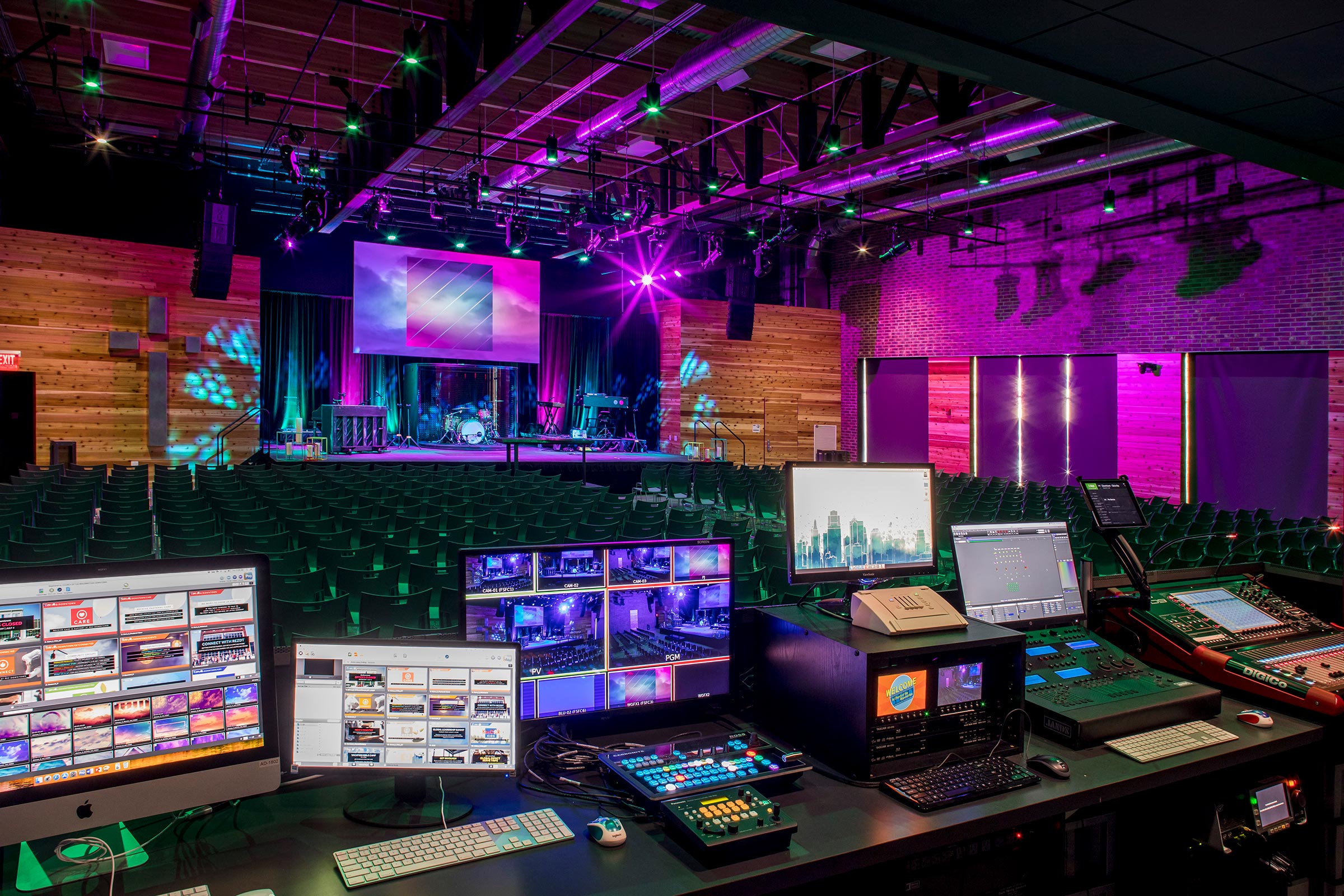One of the most important advantages of Light Emitting Diode display walls is their luminosity. LED technology produces lively and radiant images that can be easily viewed in various lighting environments. Unlike traditional projection systems, which can struggle in brightly lit environments, Light Emitting Diode video walls maintain their clarity and color precision even in well-lit rooms. This makes them perfect for external events or places with large windows. The elevated brightness levels ensure that the material displayed is always clear, making it easier for viewers to interact with the information being presented.
In furthermore to brightness, LED display screens provide enhanced visual quality. They offer greater definition and improved hue reproduction compared to conventional projection technologies. This means that images and videos displayed on an Light Emitting Diode screen appear sharper and more defined. The dot density of LED displays allows for near viewing without sacrificing clarity, which is especially crucial in environments like trade fairs or meetings where viewers may be close to the screen. Furthermore, LED technology can produce richer dark tones and more vibrant colors, enhancing the overall visual experience.
Versatility is another key advantage of Light Emitting Diode display walls. These technologies can be arranged in multiple sizes and forms to fit different spaces and aesthetic needs. Unlike traditional projection systems, which require a specific distance from the display to function properly, LED display walls can be installed in a variety of environments. They can be curved, arranged, or even used in innovative arrangements to create unique visual exhibits. This flexibility allows organizations to tailor their visual exhibits to suit their specific needs, making Light Emitting Diode display walls a Discover More Here flexible option for any environment.
Upkeep is also a crucial factor when comparing Light Emitting Diode display walls to traditional projection technologies. LED screens generally require less maintenance over the years. Conventional projectors often need bulb replacements and routine maintenance to maintain peak functionality. In contrast, LED technology has a longer lifespan and does not require frequent replacements. This reduces downtime and upkeep expenses, making LED display walls a more cost-effective solution in the long-term future. Companies can concentrate on their displays rather than concerned about the upkeep of their display systems.

Finally, energy efficiency is an important consideration for many organizations. LED display screens consume fewer energy compared to conventional projector technologies, which can lead to substantial savings on energy bills. This is especially beneficial for companies and locations that use screens for long periods. Additionally, the lower energy consumption of LED technology contributes to a reduced environmental impact, making it a more eco-friendly option. By selecting Light Emitting Diode video screens, organizations can enjoy premium display displays while also being mindful of their energy use and environmental impact.
In summary, LED video walls offer numerous advantages over traditional projector systems. Their brightness, image quality, flexibility, minimal maintenance needs, and power efficiency make them an excellent option for contemporary visual displays. As technology continues to advance, Light Emitting Diode video screens are likely to grow even more prevalent in various settings, providing companies with the resources they require to efficiently convey and interact with their viewers.